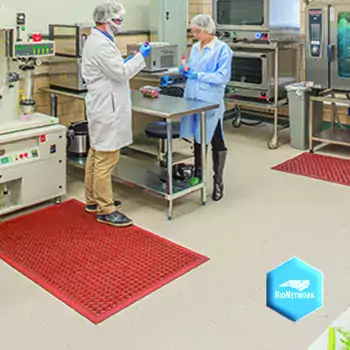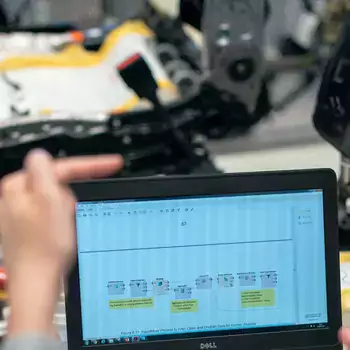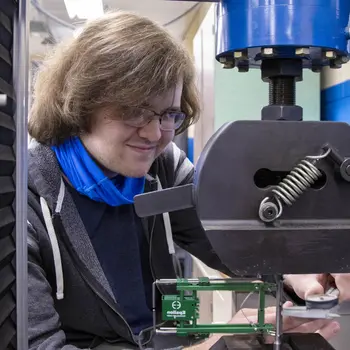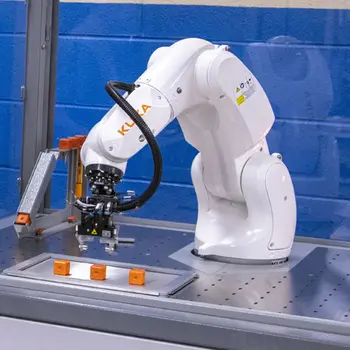Science, Technology, Engineering, & Mathematics
What do occupations in the Science, Technology, Engineering, and Mathematics (STEM) career cluster have in common? Workers in these careers use scientific, technological, engineering, and/or mathematical processes to do research and solve problems. The problems they approach are as different as reducing our reliance on fossil fuels, developing medicines to treat mental illness, and estimating the economic impact of government policy changes. Their career focus can be as small as a nanoparticle or as large as the universe.
Work settings vary with the topic of STEM research. While some jobs take place in front of a computer or in a laboratory, others require people to work in outdoor environments. Schedules also depend on the focus of STEM workers’ research. Some individuals have very regular hours, but others’ schedules depend on the availability of the subject they analyze. Employers who are likely to hire STEM-qualified workers include engineering companies, the federal, state, and local government, scientific research companies, colleges and universities, and drug manufacturers.
- Mechanical Engineers – Bachelor’s degree
- Industrial Engineers – Bachelor’s degree
- Environmental Scientists and Specialists – Bachelor’s degree
- Architectural and Engineering Managers – Bachelor’s degree
- Electrical Engineers – Bachelor’s degree
Core Skills
The following Core Skills are necessary for success in these occupations.
- Science - Using scientific rules and strategies to solve problems
- Programming - Writing computer programs
- Technology Design - Making equipment and technology useful for customers
- Operations Analysis - Figuring out what a product or service needs to be able to do
- Mathematics - Using math to solve problems
- Systems Analysis - Figuring out how a system should work and how changes in the future will affect it
- Systems Evaluation - Measuring how well a system is working and how to improve it
- Writing - Writing things for co-workers or customers
- Complex Problem Solving - Noticing a problem and figuring out the best way to solve it
- Management of Financial Resources - Making spending decisions and keeping track of what is spent
Fields of Study in Science, Technology, Engineering, & Mathematics





